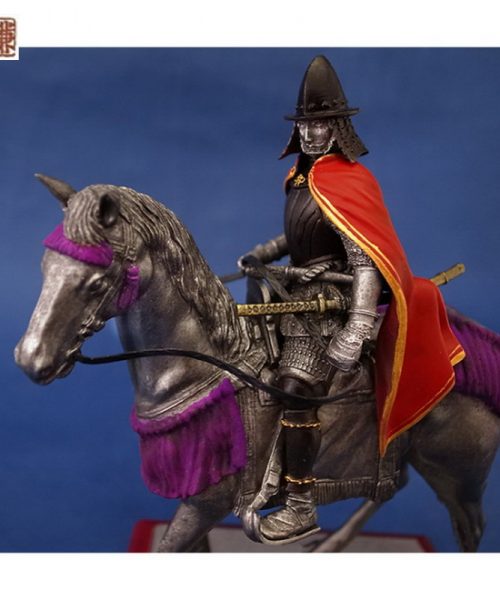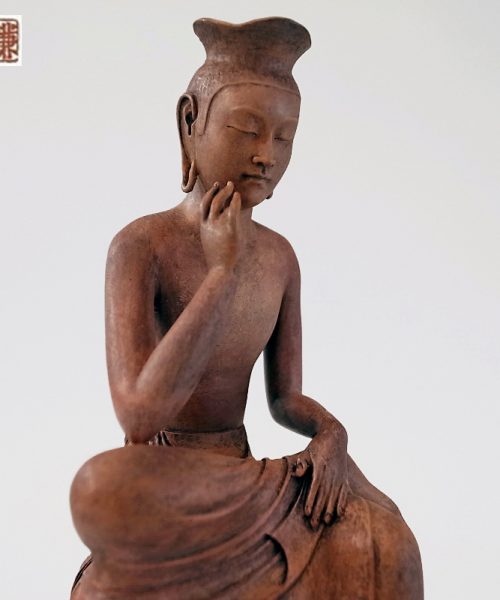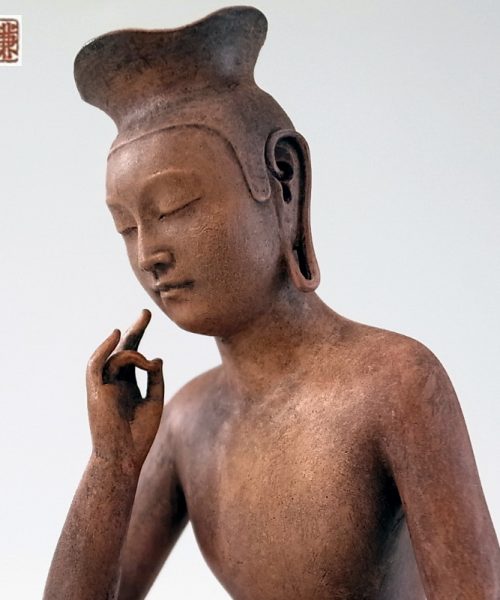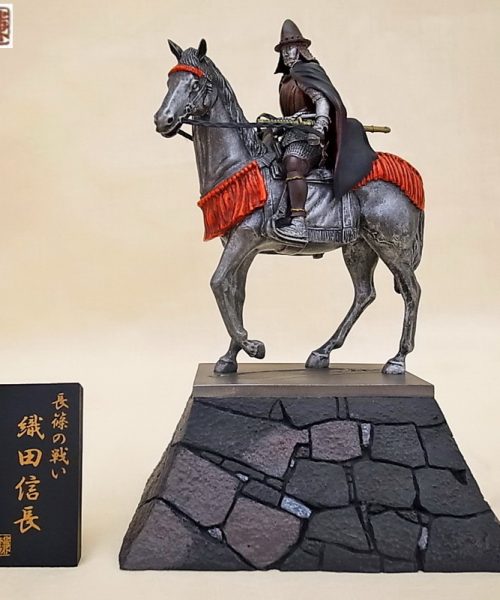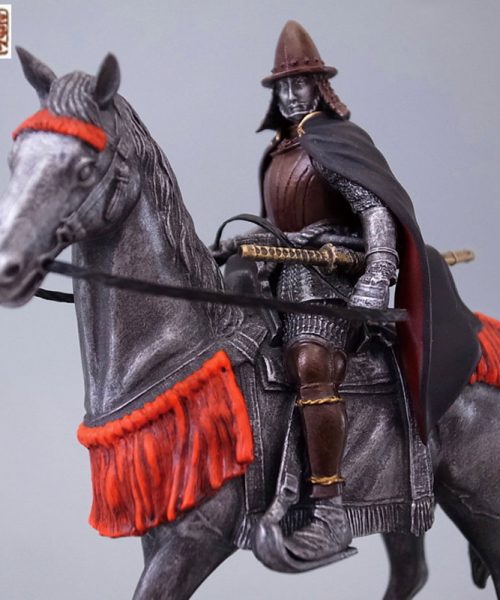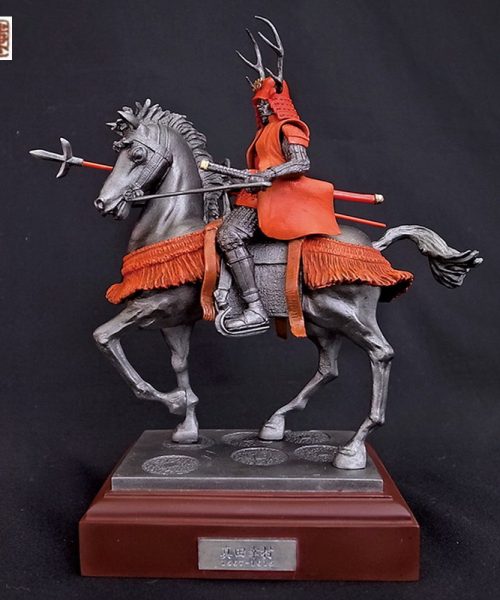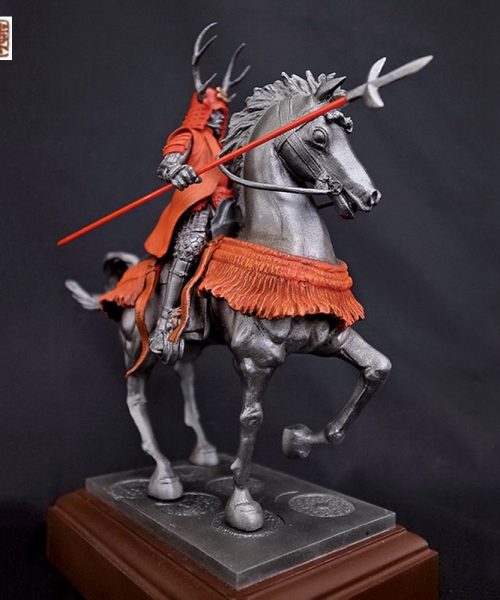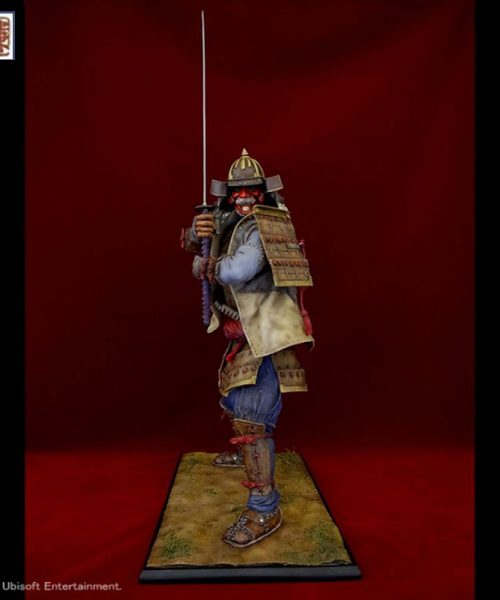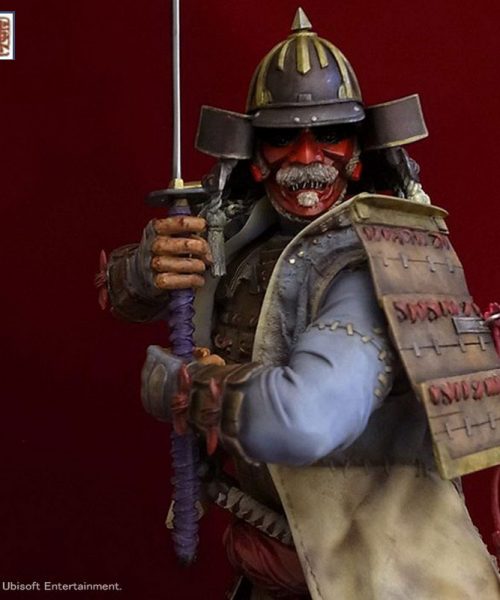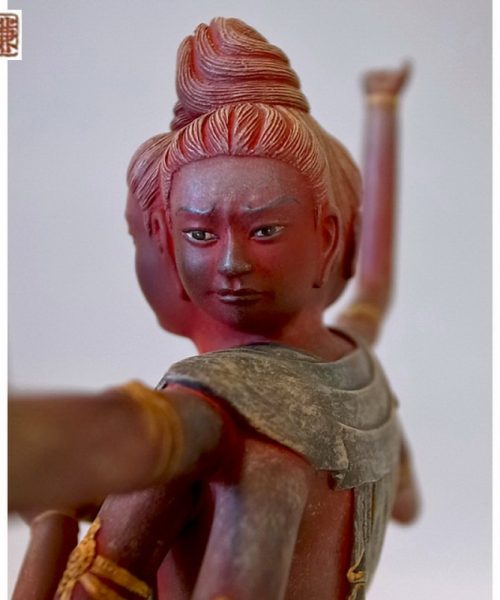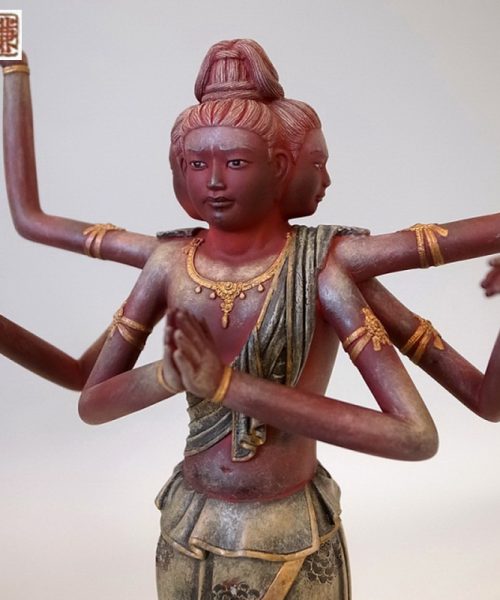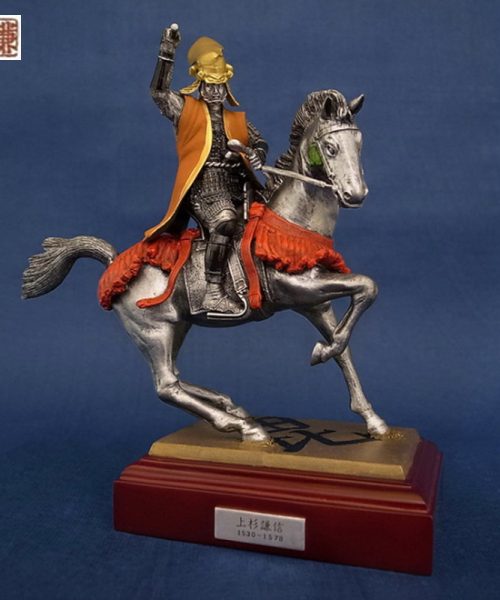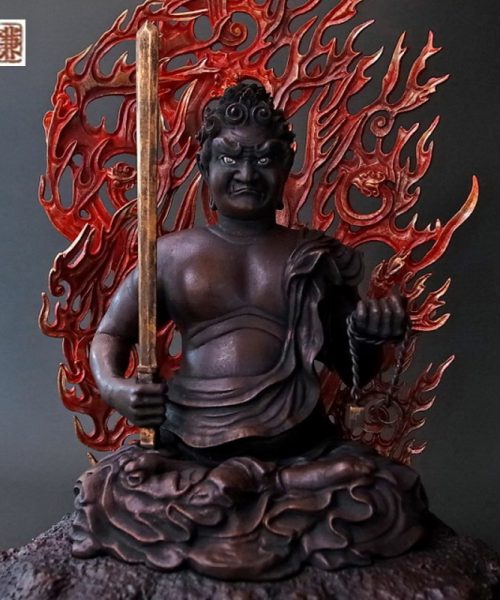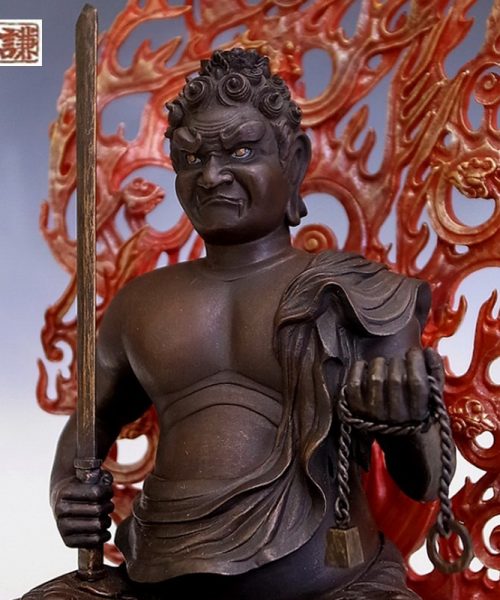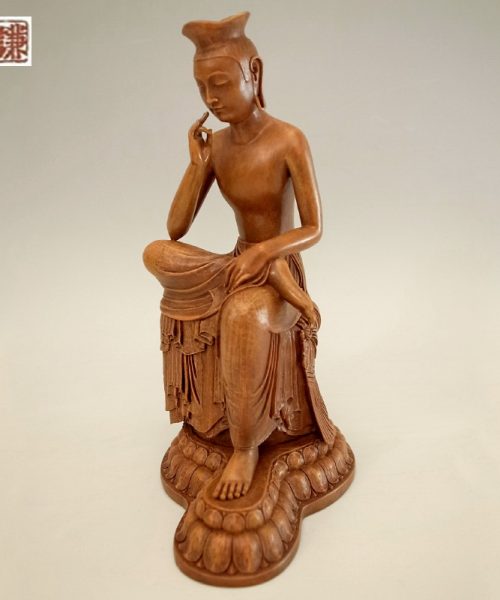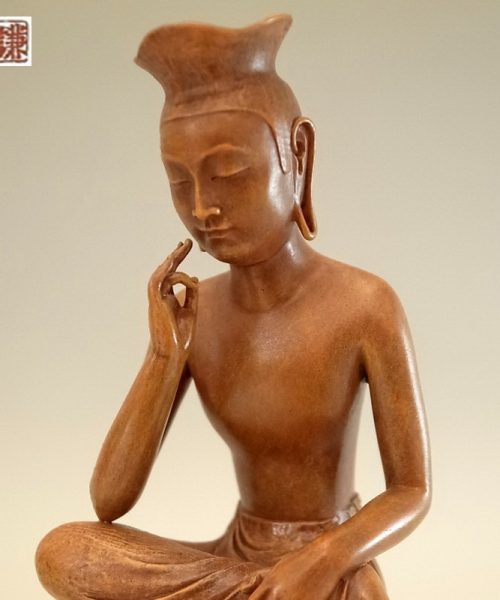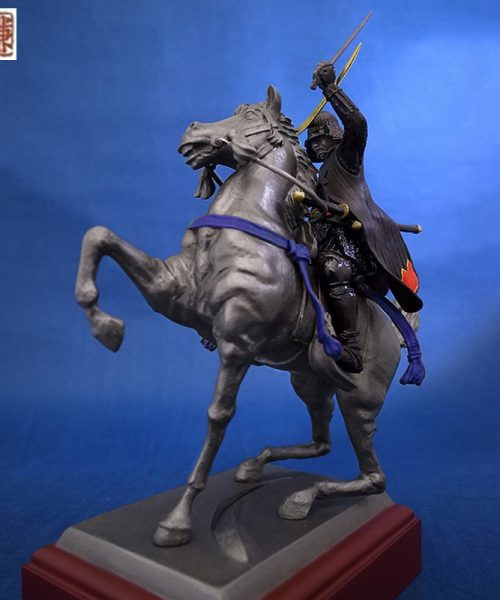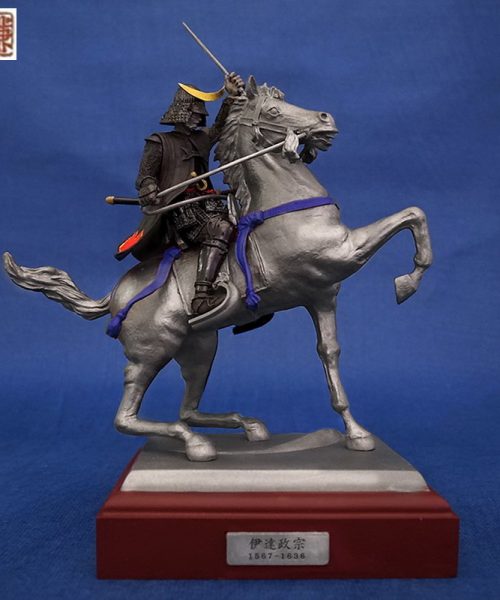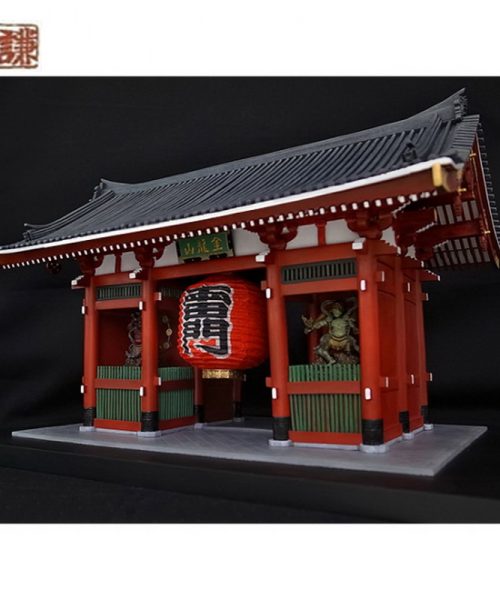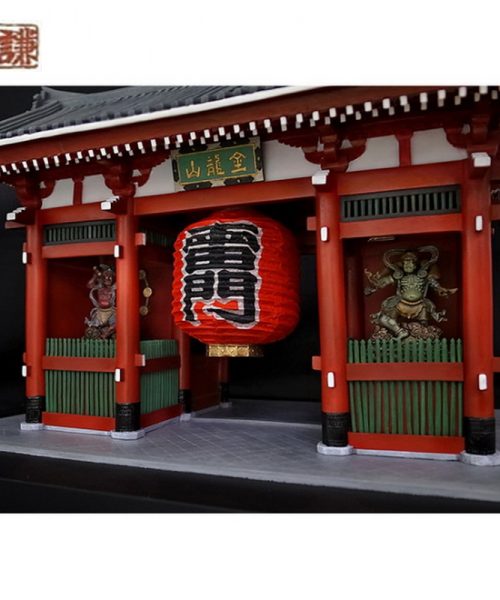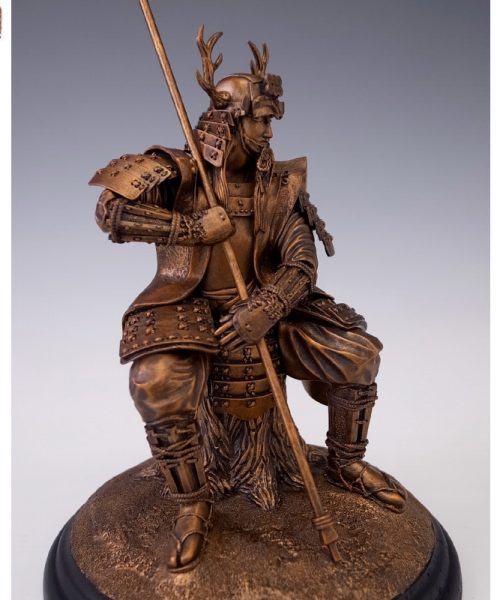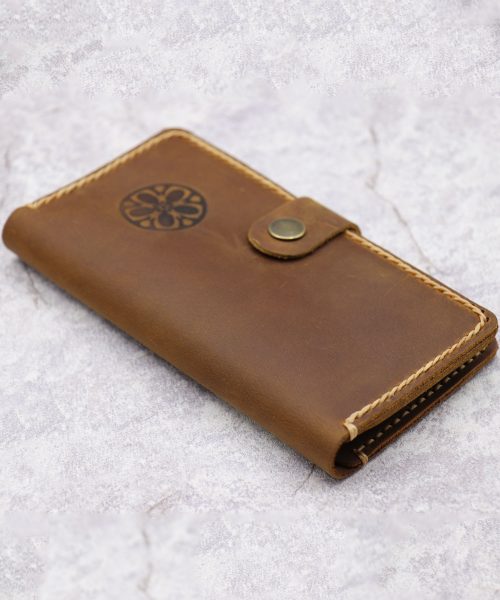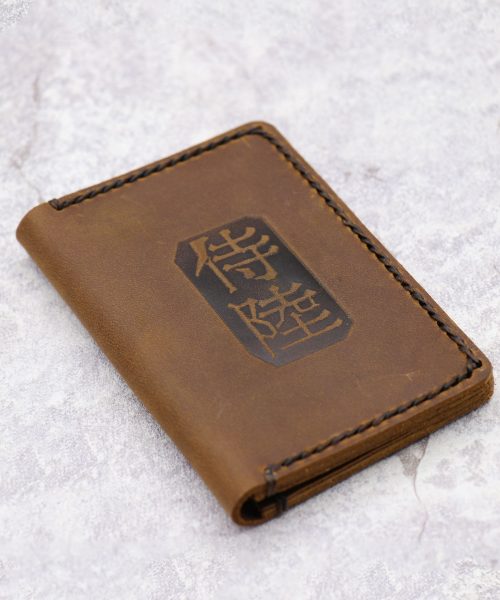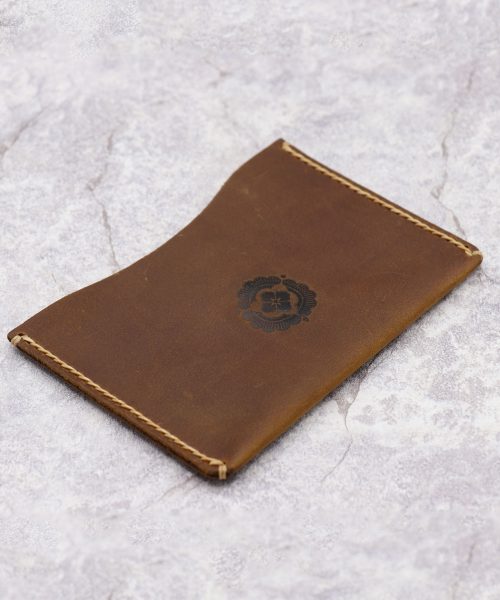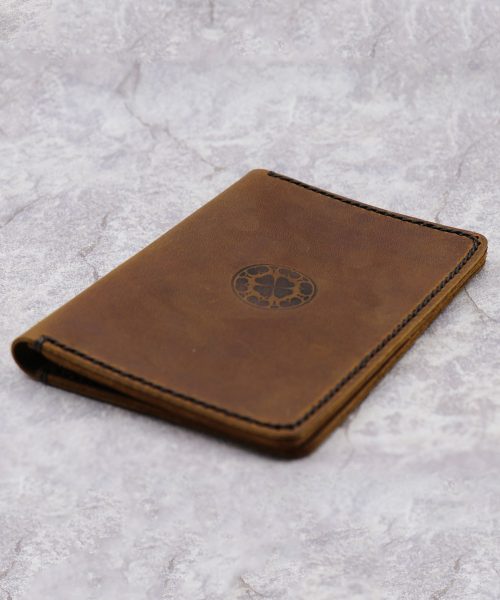No products in the cart.
Things to do in Japan
Beautiful Places in Japan to Feel Like a Samurai
Beautiful Places in Japan
Japan is a beautiful city of modern sights and sounds, making it an ideal travel destination for many. Yet, traces of its glorious past are still prominent today. That is if you know where to look.
Because of the culture and history of this unique country that is so rich, a two-week tour wouldn’t suffice. Yet, this quick itinerary will meet your needs to feel the past. Moreover, it will let you experience these incredible Samurai hotspots in Japan.
Every day is different in Japan. One day, you can enjoy Imperial Kyoto & Nara, and the other, the ancient Nakasendo Trail.
With that, listed here are the most beautiful areas in Japan that you should visit. For sure, these places will make you feel like a real Samurai warrior of the past.
Kanazawa

One of the best places to visit to make you feel like a Samurai is in Kanazawa. It’s located between the Sea of Japan and the Japanese Alps in the west. Also, this area is one of the best travel destinations to learn about the Samurai culture and history. Aside from this, the town was also saved from destruction during the Second World War.
Kanazawa Castle
Kanazawa remains as one of Japan’s well-preserved towns in Edo. Plus, it is the only Japanese city to still have the presence of a Samurai district. The biggest and most popular Samurai Hotspot, the magnificent Kanazawa Castle, can be found here.
The castle rests on a stunning hill that provides a 360° view of the entire city.
Moreover, it was a castle built by the Maeda clan during the 16th century. They were Kanazawa’s rulers until the year 1868. During their rule, the castle functioned as their fortress.
Today, its stone walls and surrounding moat still stands for everyone to see. Because of the castle’s white-tiled roof that is made of weathered lead, it gives off an attractive and appealing look to it.
Kenroku En and Nagamachi

Adjoining Kanazawa Castle is the Kenroku En. It is a flourishing garden that’s home to beautiful cherries, plums, and Japanese maple trees. As a result, it’s considered one of the best gardens in the country.
Another Samurai hotspot in Kanazawa is the neighborhood of Nagamachi. This was once the home of the Samurai from the upper and middle classes.
Unfortunately, a lot of the classic houses were demolished during Japan’s industrial revolution. However, the towering mud walls, cobblestone streets, and tranquil canal are still intact. Not only that, but some Samurai homes were even restored for the public to see. One of these was the Nomura House. Indeed, this Samurai hotspot is full of relics from its family namesake.
Shimabara – Nagasaki Prefecture
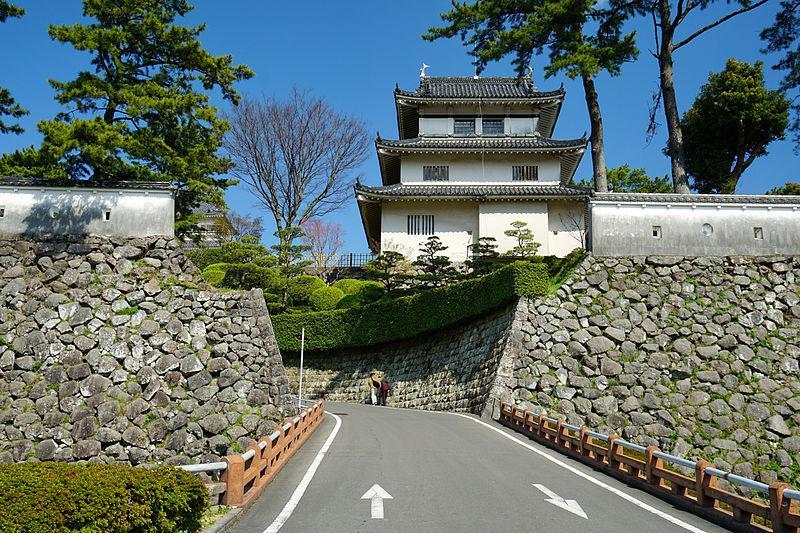
Shimabara of the Nagasaki prefecture is one of the most preserved castle towns in Japan. This beautiful travel destination is set in the Unzendake region’s volcanic mountains. Encircled by old shrines and temples, many Samurai homes also surround its castle.
The castle, which is also called the Shimabarajo, is a white-walled establishment. Most importantly, it was a castle created during the early Edo period and functioned as the local feudal lord’s seat. Indeed, it was extravagant and much more significant than other similar castles in different domains.
Also, this area is known for an essential uprising in the past. This was the Shimabara Rebellion, which happened due to the high taxes imposed to pay for the construction of the castle. Plus, the rebellion was also because of the persecution of Christians in the area.
Kakunodate in the Akita Prefecture

Before, Kakunodate was a castle town and a stronghold of the Samurai. It is well-known for its beautiful and well-preserved homes of the Samurai warriors. Also, it is famous for the rapid increase of cherry trees along the streets of Bukeyashiki.
Today, the castle no longer stands. However, Kakunodate still remains the same since its establishment. By the way, the town has two distinct spots – the merchant district and the Samurai district.
Additionally, eighty families once resided in the Samurai district. Today, this area still exhibits some of the best Samurai architecture in Japan.
Tsumago Post Town of Nakasendo
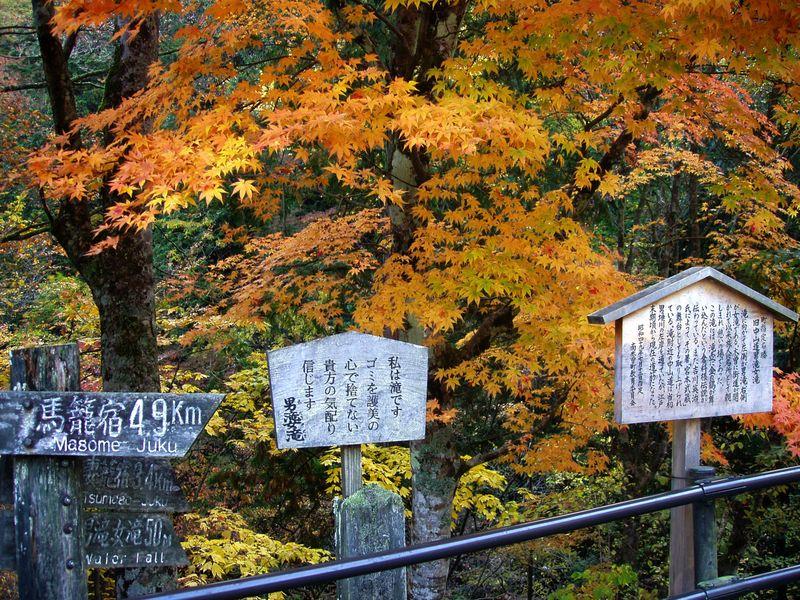
Tsumago Post Town is also known as the Tsumago Juku. It is a stopover town located in the ancient road of Nakasendo, which runs from Edo to Kyoto.
Furthermore, the Japanese Alps gives a refreshing escape from the heat during the summer. Aside from that, you can also have a great skiing experience during winter.
Yasuke: The Legendary Black Samurai
Top 3 Japanese Scary Legends and Stories Worthy of your Goosebumps!
The Art of Shodo: The Way They Write
Additionally, the Tsumago Juku is at the Nagiso, Kiso District at the Nagano Prefecture. It’s restored from a post town from the Edo period to be a popular travel destination for tourists.
Sanjo Bridge in Kyoto Prefecture
Leather Samurai Wallets for Men
This is where the Seisatsu Incident took place. It was the time when Choshu loyalists tore down the sign or Seisatsu that the Bakufu erected on the bridge.
Moreover, this sign proclaimed the Choshu domain as the emperor’s enemies. You see one of this bridge’s decorations, and you will find a couple of cuts made by swords during the incident. With this, people can now connect to the past. Because of the bloody battles fought in this incident, they have left their scars on the bridge.
Today, Sanjo Bridge is a busy center of the peaceful Kyoto and is also a favorite tourist destination. Meanwhile, people can relax, have a cup of coffee, and enjoy the scenery of the Kamogawa at Starbucks Cafe that can also be found on the site.
Kurashiki in Okayama Prefecture

The town of Kurashiki in Okayama showcases the preserved wooden warehouses, all of which from the 17th century. Above all, these beautiful structures in Japan are sure to take you to the ancient period.
Meanwhile, there is a preserved canal area constructed here during the Edo Period. This was the time when the city was a major distribution center for rice. Furthermore, the canal is a 10-minute walk away from Kurashiki Station.
In fact, “Kurashiki” roughly translates to “a town of warehouses”. In other words, its name refers to the storehouses for rice.
Akebono Tei Tea House in Kyoto
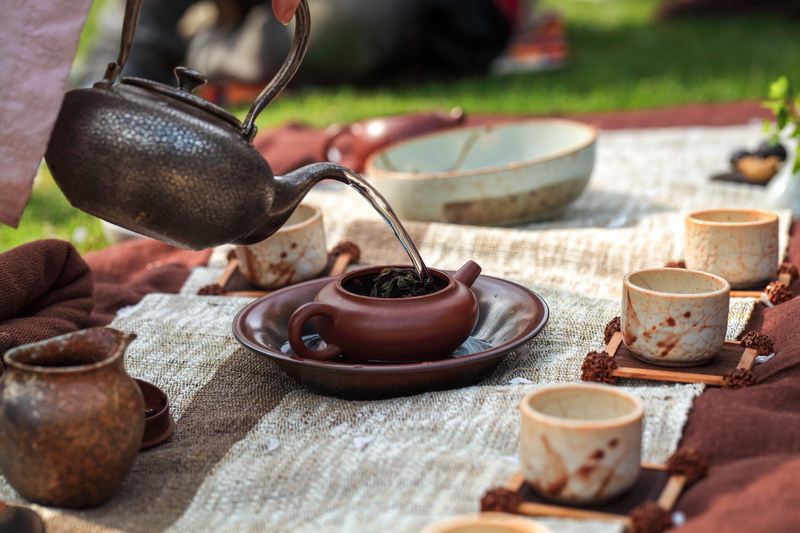
Akebono Tei is one of the many preserved tea houses from Japan’s history. You will find a 400-year old cherry tree outside Akebono Tei, making the teahouse easy to spot. Moreover, it is one of the most stunning places in Kyoto, making it a great Samurai hotspot for everyone to enjoy.
Sakamoto Ryoma was a frequent customer of the Akebono Tei Tea House. He was the activist who went against the Shogunate during the Bakumatsu period. Also, he worked beyond clan loyalties to achieve his idea of modern Japan.
Ryoma knew that the regional clans needed to join if they wanted to defeat the Shogunate. As a result, he successfully negotiated peace between opposing clans. Therefore, his image is set on the wall by the tea house’s main entrance.
Moreover, a lot of secret negotiations took place in the Akebono Tei.



